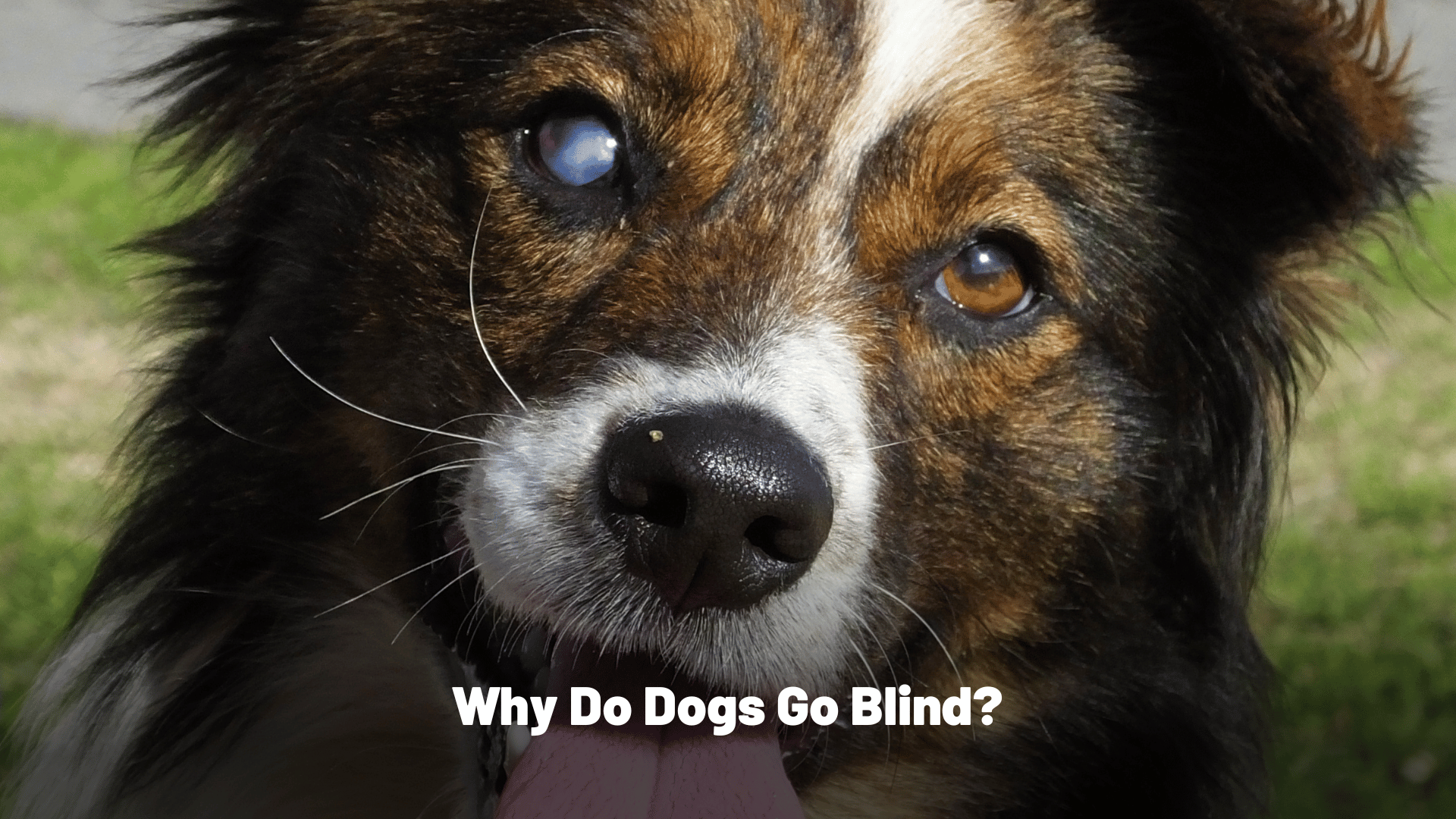Blindness in dogs can be a concerning and emotional experience for both pets and their owners. Understanding the reasons behind this condition can help you provide better care and possibly prevent vision loss in your furry companion. In this article, we will explore the most common causes of blindness in dogs, the symptoms to look out for, and how you can support your pet if they experience vision loss.
Cataracts
Cataracts are one of the most common causes of blindness in dogs. A cataract is a cloudy area that forms in the lens of the eye, preventing light from reaching the retina. This condition can be hereditary or may result from aging, diabetes, trauma, or exposure to toxins. Early signs of cataracts include a white or grayish spot in the eye and changes in your dog’s behavior, such as bumping into objects or reluctance to climb stairs.
Glaucoma
Glaucoma is a serious eye condition that occurs when the pressure within the eye becomes too high, causing damage to the optic nerve. It can lead to partial or complete blindness if left untreated. Symptoms of glaucoma in dogs include redness, pain, tearing, and a visibly enlarged eye. If you notice any of these signs, it is crucial to seek veterinary attention immediately to prevent irreversible damage.
Progressive Retinal Atrophy (PRA)
Progressive Retinal Atrophy (PRA) is an inherited condition where the retina, the part of the eye responsible for detecting light, slowly degenerates. PRA typically affects both eyes and eventually leads to total blindness. The disease progresses slowly, and dogs may first show signs of night blindness, such as hesitancy in dimly lit areas. Over time, this can develop into complete blindness. Unfortunately, there is no cure for PRA, but dogs can often adapt well with the help of their owners.
Diabetes
Diabetes is a metabolic disorder that can lead to cataracts and subsequent blindness if not managed properly. Dogs with diabetes have high blood sugar levels, which can cause cataracts to form quickly. Signs of diabetes in dogs include increased thirst, frequent urination, weight loss, and lethargy. Regular vet check-ups and proper management of your dog’s diet and insulin levels are crucial in preventing diabetes-related blindness.
Infections and Inflammation
Infections or inflammation of the eye, such as conjunctivitis or uveitis, can cause vision problems and potentially lead to blindness if not treated promptly. These conditions may result from bacteria, viruses, fungi, or parasites. Symptoms include redness, swelling, discharge, and sensitivity to light. Immediate veterinary care is essential to diagnose and treat the underlying cause of the infection.
Trauma
Physical injuries to the eye or head can cause immediate or delayed blindness in dogs. Trauma may result from accidents, fights with other animals, or foreign objects entering the eye. Even minor injuries should be assessed by a veterinarian to prevent complications such as infection, retinal detachment, or increased intraocular pressure.
Old Age
As dogs age, their eyesight may naturally decline. Just like humans, dogs can develop age-related vision issues such as cataracts or retinal degeneration. While not all older dogs go blind, many will experience some degree of vision loss. Regular veterinary check-ups can help monitor and manage age-related changes in your dog’s eyes.
How to Support a Blind Dog
If your dog is experiencing vision loss, there are several ways you can help them adjust: keep your home environment consistent by avoiding frequent changes to furniture or objects and use rugs or mats to provide tactile cues; train your dog with verbal commands to guide them and build confidence; engage them in activities that stimulate their other senses, such as scent-based games or puzzle toys; and consider using assistive devices, like a halo harness, to help them navigate their surroundings.
While blindness in dogs can be caused by a variety of factors, many of these conditions are manageable with early detection and proper care. Regular veterinary check-ups, a healthy diet, and prompt treatment of any eye problems can help preserve your dog’s vision for as long as possible. Remember, a blind dog can still live a happy, fulfilling life with the right support and care.

